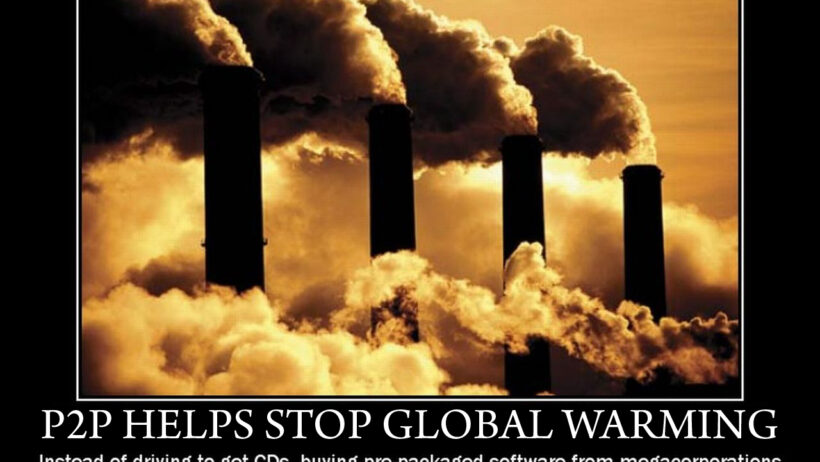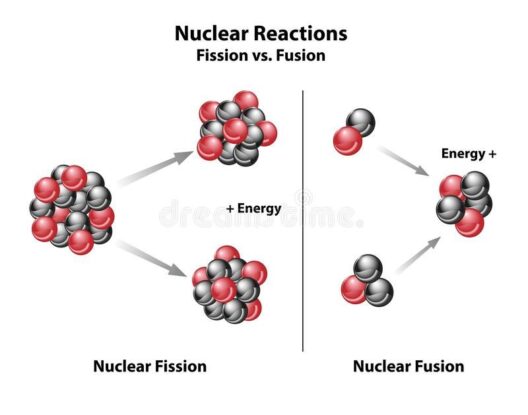Global warming stands as one of the most insidious challenges of the 21st century. Its repercussions extend far beyond rising temperatures; they encompass social, political, and economic upheaval. Climate change exacerbates resource scarcity, fosters migration, and heightens the risk of conflict. This exploration delves into how global warming could precipitate war and instability in various regions across the globe.
The nexus between climate change and conflict is increasingly a subject of rigorous academic scrutiny. Researchers assert that environmental stressors can catalyze violence, particularly in regions where governance structures are weak. Scarcity of vital resources—water, food, and arable land—inevitably prompts competition. For instance, in areas with pre-existing socio-political tensions, the introduction of resource scarcity serves as a powder keg, igniting violent discord. Such dynamics create fertile ground for conflict, as communities vie for dwindling supplies.
One of the most salient examples of this phenomenon is found in the Sahel region of Africa, where desertification and altered rainfall patterns have led to significant declines in agricultural output. Farmers and herders are increasingly in direct competition for land, leading to violent clashes. This competition is compounded by historical grievances and ethnic divisions, making resolution exceedingly complex. Sufficiently addressing these involvements calls for more than just climate adaptation initiatives; it requires a holistic approach that integrates conflict resolution and community development.
Another salient issue facilitated by climate change is mass migration. As conditions become untenable due to flooding or drought, entire communities may find themselves displaced. The UNHCR estimates that millions will be uprooted over the coming decades, creating what can be termed climate refugees. Displacement can lead to heightened tensions in host communities, often igniting xenophobic sentiments and contributing to social unrest. This situation is particularly evident in regions like the Middle East, where the Syrian civil war was exacerbated by a severe drought that undermined agricultural livelihoods.
Within the scope of geopolitical strategies, nations must reassess their resource dependencies in light of global climatic shifts. As traditional sources of water and arable land dwindle, nations that rely heavily on these for their sustenance and economic vitality may find themselves in precarious situations. Countries in the Middle East and North Africa, for instance, exhibit a concerning reliance on dwindling freshwater sources. The Tigris and Euphrates river basins symbolize how transboundary water conflicts can arise, necessitating collaborative infrastructure solutions yet often yielding intractable diplomatic disputes.
Moreover, the geopolitical landscape becomes increasingly volatile as nations compete for access to untouched or newly accessible natural resources. The Arctic is a prime example, where melting ice is opening new shipping routes and revealing untapped reserves of oil and gas. As Arctic nations assert their claims, the potential for conflict escalates. Increased military presence and infrastructure development in the region could signal a new front in global competition, driven by the quest for energy security and economic stability.
Economically, global warming poses the risk of destabilizing financial markets and systems. Climate-related disasters have been shown to inflict devastating economic costs—approaching billions in damages—as evidenced by hurricanes, floods, and wildfires. Such economic repercussions can lead to austerity measures, reducing governmental capacity to address other pressing issues, including social welfare and infrastructure. This can create a vicious cycle, where economic instability fuels societal unrest, and societal unrest hinders economic recovery.
To mitigate the risk of war and instability resulting from climate change, a multifaceted strategy is essential. First, the development of resilient infrastructural and governance frameworks can significantly reduce vulnerability to climate impacts. Investing in renewable energy, enhancing agricultural practices, and implementing sustainable water management techniques can lessen dependence on threatened resources. Additionally, fostering community-based resource management models can empower local populations to mitigate conflicts over resource allocations.
International cooperation remains paramount in addressing the transnational implications of climate change. Establishing comprehensive treaties that address resource sharing, migration, and ecological conservation can help mitigate conflicts before they escalate into violence. Furthermore, enhancing climate finance for vulnerable nations can ensure they are equipped to adapt to changing environments without succumbing to instability.
Ultimately, education and awareness play a critical role. Raising the profile of climate change as a driver for conflict among policymakers and the general populace can ensure that it remains a priority on the agenda. By fostering global partnerships and promoting understanding of shared vulnerabilities, societies can cultivate resilience against the creeping threat of global warming.
Global warming is more than an environmental issue; it is a harbinger of potential upheaval at multiple levels. The interconnectedness of ecological degradation, resource scarcity, and conflict necessitates urgent and informed actions. It is not merely the earth’s atmosphere at stake, but the very fabric of human cooperation and harmony. As the world grapples with the consequences of climate change, the collective responsibility to address these challenges becomes increasingly evident. Urgency and collaboration are paramount if humanity is to avert the specter of war and instability that global warming threatens to unleash.







